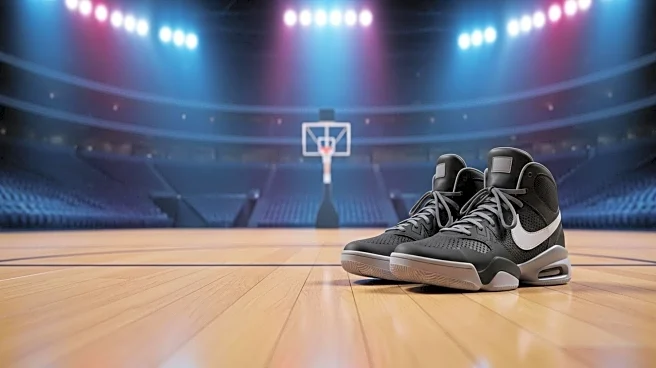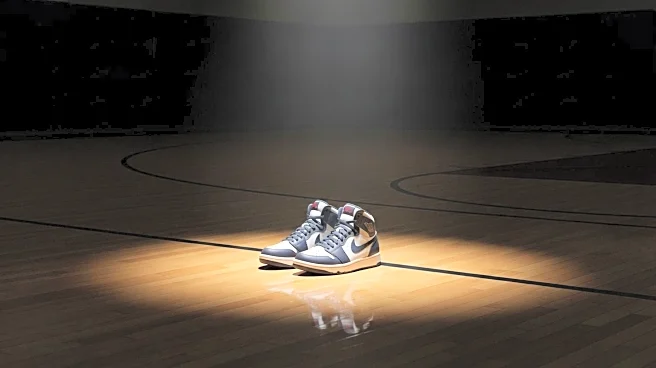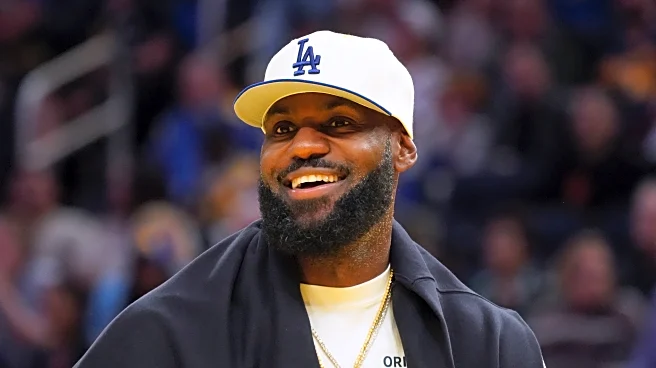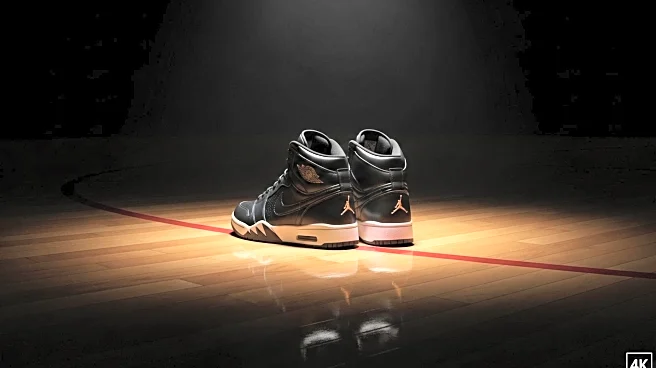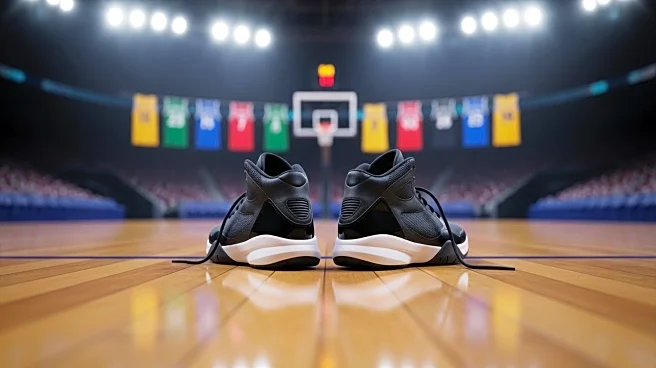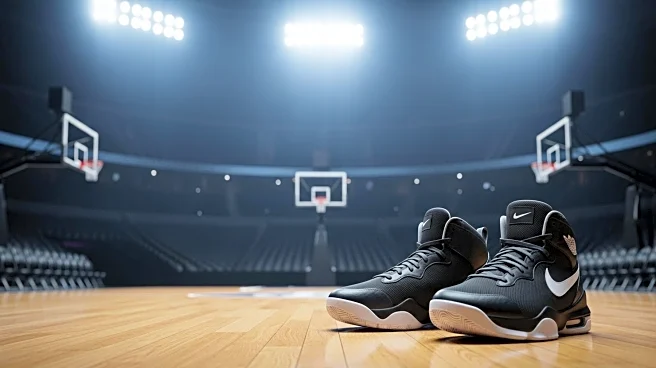What is the story about?
What's Happening?
LeBron James, the Los Angeles Lakers superstar, is set to miss the team's season opener for the first time in his 23-year NBA career due to sciatica. The condition, which causes significant pain, will keep James out for two to three weeks, according to reports. This development marks a significant change for the Lakers, who have relied heavily on James' presence and performance in past seasons. The news was discussed by Nekias Duncan and Steve Jones Jr. on 'The Dunker Spot' podcast, highlighting the unusual nature of James missing an opener and the potential impact on the team's early season performance.
Why It's Important?
LeBron James' absence from the season opener is a notable event in the NBA, given his longstanding record of participation in opening games. His condition could affect the Lakers' performance in the initial weeks of the season, as they will need to adapt to playing without their star player. This situation underscores the importance of player health and management in professional sports, particularly for athletes like James who have a significant impact on their team's success. The Lakers will need to strategize and possibly rely more on other players, such as Luka Doncic, to maintain competitive performance during James' recovery period.
What's Next?
The Lakers will need to navigate the early part of the season without LeBron James, focusing on team dynamics and performance without their key player. James is expected to be re-evaluated in three to four weeks, which will determine his readiness to return to the court. The team will likely adjust their strategies and player rotations to compensate for his absence, aiming to remain competitive in the Western Conference. Fans and analysts will be watching closely to see how the Lakers manage this challenge and how quickly James can recover and return to play.
Beyond the Headlines
LeBron James' situation highlights broader issues in sports regarding athlete health and longevity. As players age, managing injuries and recovery becomes increasingly important, affecting both individual careers and team dynamics. This event may prompt discussions on the long-term health strategies for veteran players and the role of medical and training staff in supporting athlete wellness. Additionally, it could influence how teams plan for contingencies when key players are unavailable, emphasizing the need for depth and versatility in team rosters.
AI Generated Content
Do you find this article useful?
